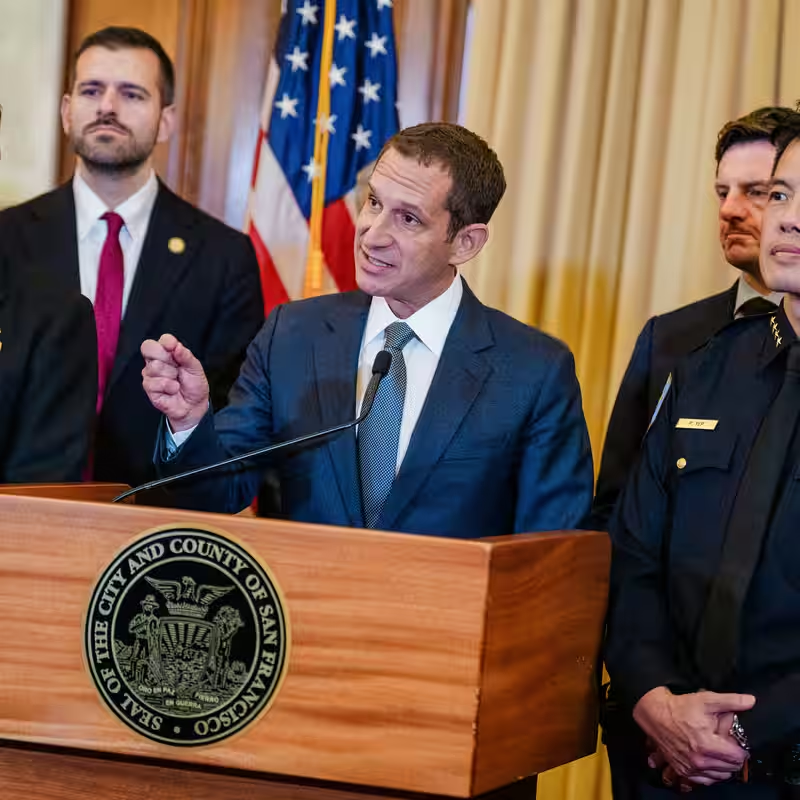Table of Contents
- The Quiet Strategy That Worked
- Power Mapping: Behind-the-Scenes Diplomacy
- Tech Titans Step In
- Criticism and Support
- Sources
How Lurie Shielded San Francisco From Trump’s Crackdown
When the Trump administration signaled a major immigration enforcement surge targeting liberal cities, San Francisco braced for impact. But instead of confrontation, Mayor Daniel Lurie chose calm—and connections.
In a move that surprised even seasoned political observers, the Bay Area largely avoided the anticipated wave of federal agents. The secret? A blend of low-key leadership and high-powered backchannel diplomacy.
Power Mapping: Behind-the-Scenes Diplomacy
Lurie’s team didn’t just react—they strategized. Using a technique insiders call “power mapping,” they charted concentric circles of influence, identifying which business leaders could credibly reach President Trump or Vice President JD Vance.
The goal wasn’t to defy federal authority but to reframe the narrative. As one source close to City Hall put it: “They wanted to show that San Francisco isn’t the dystopia Trump sees on Fox News.”
This wasn’t public posturing. It was private persuasion—executed with precision and discretion.
Tech Titans Step In
San Francisco’s deep ties to Silicon Valley proved pivotal. Within days, a string of billionaires with roots in the city were on the phone with top White House officials.
Vice President Vance, a former venture capitalist who once operated in San Francisco’s startup scene, was especially receptive. His familiarity with the ecosystem gave Lurie’s message added credibility.
While exact conversations remain confidential, four anonymous sources confirmed to The New York Times that these calls played a decisive role in redirecting federal enforcement efforts away from the Bay Area—at least for now.
Criticism and Support
Not everyone applauded Lurie’s approach. Some Democrats criticized the mayor for being too restrained in an era demanding bold resistance. Others questioned his reliance on tech elites, viewing it as out of touch with grassroots activism.
But supporters argue that Lurie’s method reflects a new kind of leadership—one that leverages networks over noise. “He’s not shouting on cable news,” said one ally. “He’s getting results where it counts.”
At 48, Lurie is a political newcomer. An heir to the Levi Strauss fortune and longtime philanthropist, he assumed office in January 2025. Yet his ability to navigate high-stakes federal tensions has already defined his early tenure.
Sources
The New York Times: How the San Francisco Mayor Avoided Trump’s Enforcement Surge




